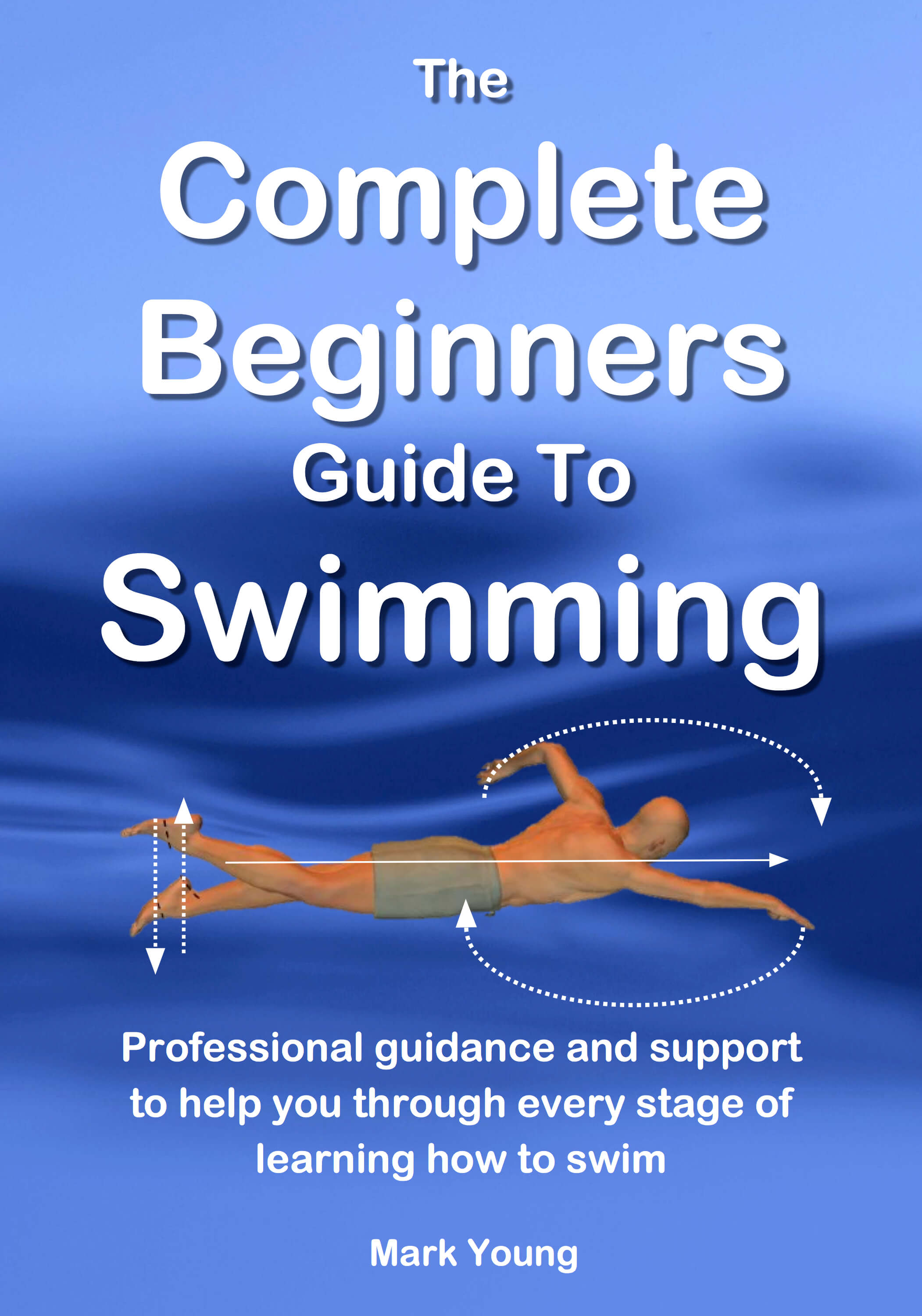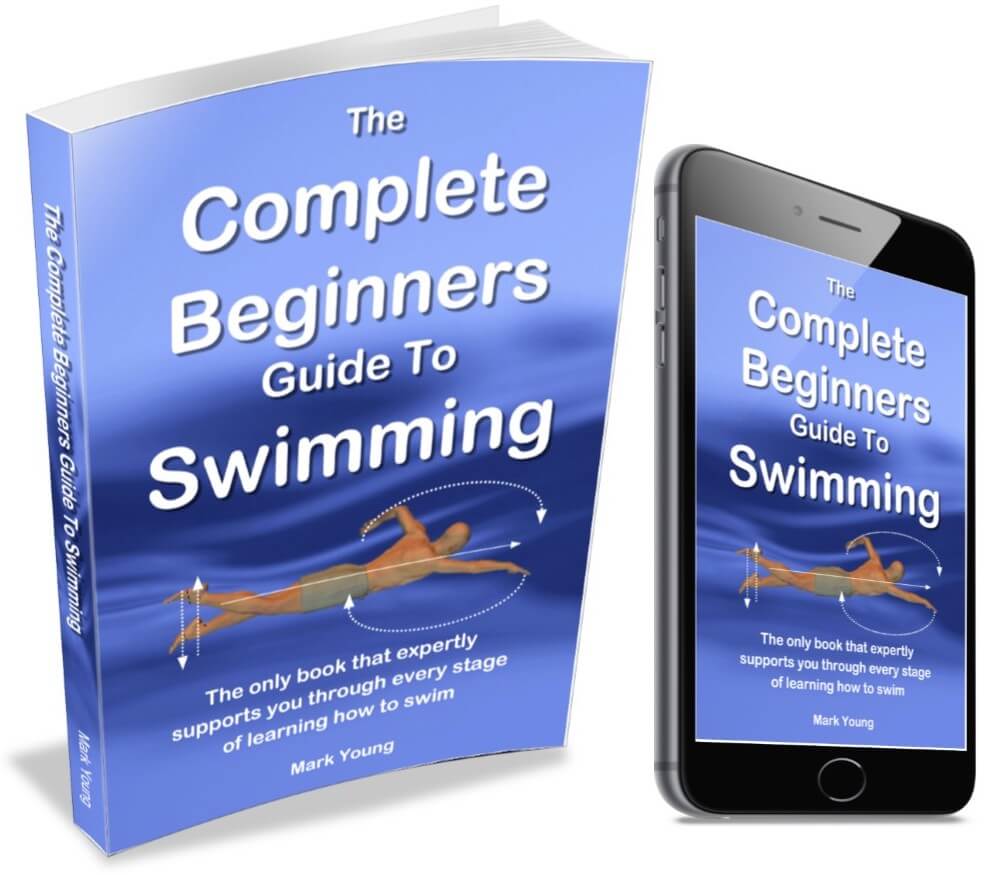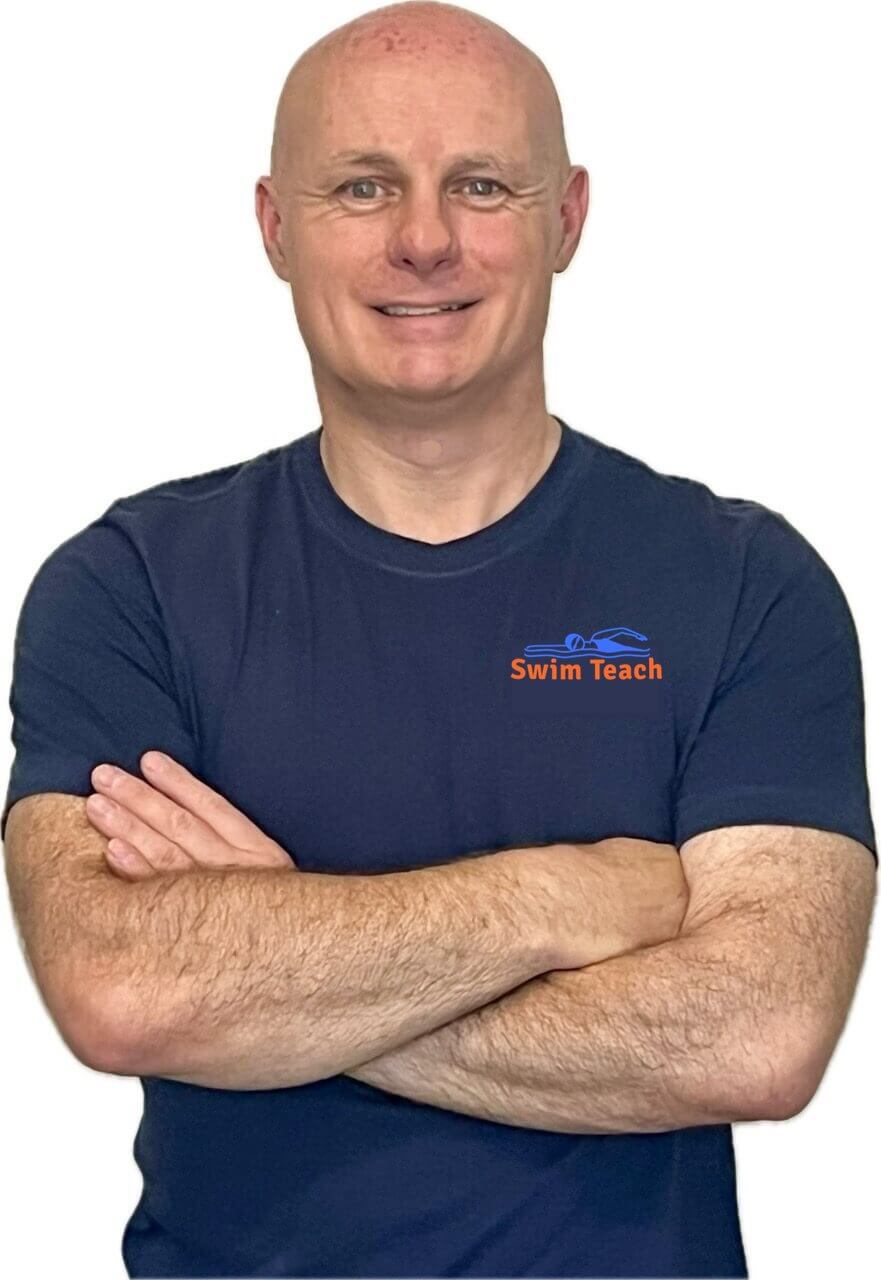- Swim Teach Home
- tips for beginners
- Fear of Deep Water
- Terrified Heading Into The Deep End
Terrified Heading Into The Deep End
I am 53 and just started swimming lessons a few weeks ago. As a child, I had a scary experience in the water and am trying to overcome my fear. I am doing fine with most exercises in the shallow end, but I get terrified heading into the deep end. Any advice?
Thanks for getting in touch. It sounds like you’re doing great so far.
Swimming in the deep end can be daunting, especially if you have had a bad childhood experience. That experience would have left a scar in your mind that now holds you back.
Let's get a few things straight in your head first of all. Things that sound obvious, but your experience is clouding them in your head:
1. You do not sink like a stone the moment you swim out of your depth. Your ability to float (to a certain degree) and move through the water has been proven in your lessons so far in the shallow end.
2. The deep water will not pull you under and does not make you float any less. Your body behaves the same way in deep water as in shallow water.
Swimming in shallow water during your lessons, you have no doubt learnt how to stop and stand up mid-way across the pool. You will not be able to do this in deep water (sorry to state the obvious again!), so you must now learn how to change direction as you swim or even turn around completely and swim back to the side without putting your feet on the pool floor. You can practice this in shallow water, which is best at about chest depth.
This is key to overcoming your fear of deep water. It's about installing confidence in your ability. If you know you can change direction as you swim and make your way to the nearest side or even back to where you swam from, then the depth of the water is completely irrelevant.
Another factor to consider is fitness and stamina. As you learn to swim, your fitness and stamina will increase and improve, and so will the distances you can swim confidently.
Some people make the mistake of swimming from the shallow end toward the deep end and then get into difficulty as they become tired and out of breath.
You can start from the poolside without your feet on the pool floor, start up in the deep end and swim towards the shallow end. That way, as you near shallower water and start to become out of breath, you can put your feet down if needed.
Do you swim with goggles on and with your face in the water? Swimming with goggles on allows you to see everything around you. Sometimes learning to swim face down can give you a greater appreciation of where you are and what you are doing. It might open your mind and start to enjoy and embrace the deeper water. It may freak you out, of course, so take this advice cautiously!
My ebook The Complete Beginners Guide To Swimming contains all the help and support you need, from relaxing, floating and breathing to all the technique tips for learning to swim the four basic strokes. Click the link below for more information.
The Complete Beginners Guide To Swimming
Professional guidance and support to help you through every stage of learning how to swim.
Discover everything you need from first entering the pool and building confidence to floating and breathing. Plus, 82 exercises to master the four basic swimming strokes.(click here for an instant preview)
Don't miss out! Click here to get your copy of my book!
I Know How To Swim But Not Out Of My Depth
Okay, I know how to swim with a wetsuit, say, in the open water. This is that a wetsuit keeps you afloat in the sea. However, when it comes to a swimming pool, I don't have much experience.
Every time I go to a swimming pool, I always feel nervous, and I freak out when I can't touch the bottom. If I try, I freak out and then paddle frantically to the side where I grab something to hold onto!!
I don't know how to tread water so I feel like I'm just going to sink. Also, what do you do when you get tired of treading water? You can't tread forever! Is there anything I can do to improve my confidence in swimming pools?
Also, I don't know how to jump in the water. I don't like to jump in or dive in. I'm scared of drowning or not being able to get back up again or breathe when I dive in.
Can you please help? I want to feel confident, but I don't!! Thanks
Sounds like you are trying to run before you can walk, so to speak! You need to go back to basics and spend some time in the pool learning to appreciate the water and how your body behaves. Then you will learn to relax, and your confidence will grow.
First of all, stay within your depth, where you can stand up easily before you venture out.
Spend time holding the side, taking deep breaths and submerging your face. Breathe out into the water slowly and gradually. This will teach you how long you can submerge and how to control your breathing. Wear some swim goggles and this will allow you to see and will give a good perception of where you are and what you are doing. Holding the side during this exercise gives you added security.
To try and get used to swimming out of your depth, first, try this test. Swim away from the poolside, within your depth, turn around and swim back to the poolside. If you can swim to the centre of the pool, turn around and swim back, then you can swim in any depth of water, knowing that you can swim to the poolside no matter where you are.
Psychologically it is not as easy as that to start with but if you use this exercise to build your confidence then eventually the depth of the water becomes largely irrelevant.
As for diving and jumping in, start by sitting on the edge of the poolside, legs in the water. Form a diving position with your arms and hands together out in front of you and gently push off across the surface of the water.
Gradually as you become more confident with this entry, try starting from kneeling on one knee and then progressing to standing, but with knees bent.
If you practice the breathing exercises above you can then experiment with the depth that you can dive or jump to.
Practice and experiment with the above three exercises and try them in both shallow and deep water (although not diving deep in shallow water please!). If at any point you feel uncomfortable or freak out in any way, go back to standing in your depth and venture out again when you feel ready.
The more time you spend in a swimming pool, experimenting and trying stuff out, then the more the basic stuff becomes second nature, and if you have got your friends or family with you, then you have nothing to worry about.
My ebook The Complete Beginners Guide To Swimming contains all the help and support you need, from relaxing, floating and breathing to all the technique tips for learning to swim the four basic strokes. Click here for an instant preview or click the link below for more information.
The Complete Beginners Guide To Swimming
I am a member of the Amazon Associates Program and I will earn a commission from qualifying purchases at no extra cost to you.





